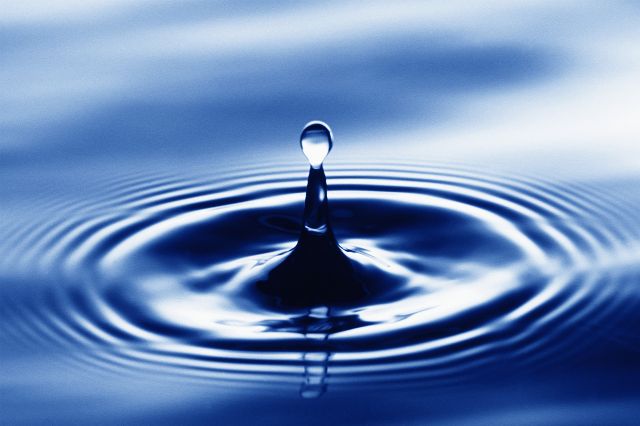
So Many Questions
If you've talked to someone about or researched the chemistry and science of water, you may have ended up with more questions than answers. Memories of high school chemistry class may have come flooding back to you. Terms like pH levels, alkalinity or nitrates may have popped up and had you scratching your head. We are here to (hopefully) clear things up for you and make the knowledge of water chemistry easy to understand and apply to your pond or other water feature! In this article, we will explain the science first and then explain what the science means for your pond's fish, plants and overall health and beauty.
The Science
If you jog your memory a bit, you may remember that pH levels are a measure of how acidic or basic a solution (e.g. water) is and it is measured on a scale of 0 to 14. A pH of 7 is considered to be a totally neutral solution i.e. pure water. Levels below 7 are considered acidic and levels above 7 are considered basic. Some common examples of solutions that are acidic are orange juice or vinegar; some common examples of basic (or "alkaline") solutions are bleach or ammonia. It is important to note a few things when measuring the pH level of your pond. First of all, the pH levels increase or decrease by a power of 10 with each number on the scale. So, for example, a pH level of 4 is 10 times more acidic than a pH of 5. The pH levels can also change in a somewhat short period of time due to environmental factors like time of day.
What It Means for You
If you are measuring the pH level of your pond, you want to make sure that it falls within a certain range that is safe and healthy for plants and fish. While there is some debate among various experts about ideal pH ranges for fish and plants, a pH level of 7-8.5 will always be an acceptable range for koi. If the pH falls below 6.5, the water may be too acidic and harmful to koi. You should also be aware that things like photosynthesis and respiration affect the pH level of your pond and can vary depending on what time of day the pH level is measured. In general, pH levels tend to increase during the day when photosynthesis occurs and decrease during the night as photosynthesis stops. There are various types of easy-to-use test kits on the market to test the pH or alkalinity of your pond water.
Here is a video detailing some of Aquascape, Inc.'s Water Treatment Products
The Science
What It Means for You
Here is a video detailing Aquascape, Inc.'s Pond Detoxifier used to mitigate ammonia levels.
The Science
What It Means for You
Here is a video detailing Aquascape, Inc.'s, Pond Aerators
Putting It All Together
This may seem like a lot of technical information to process, but the good news is that with proper equipment and easy maintenance, owning a pond can be extremely enjoying. Follow the guidelines detailed in this article and your pond's chemistry will work for you instead of against you. If you have any other questions about caring for your pond, fell free to contact American Aquascapes in Graham, NC, using the contact form on this page or call us at (336) 578-6123 and we will gladly assist you! We service the central North Carolina area: Raleigh, Durham, Chapel Hill, Cary, Greensboro, High Point, Burlington, Graham, Mebane, Hillsborough and more!







